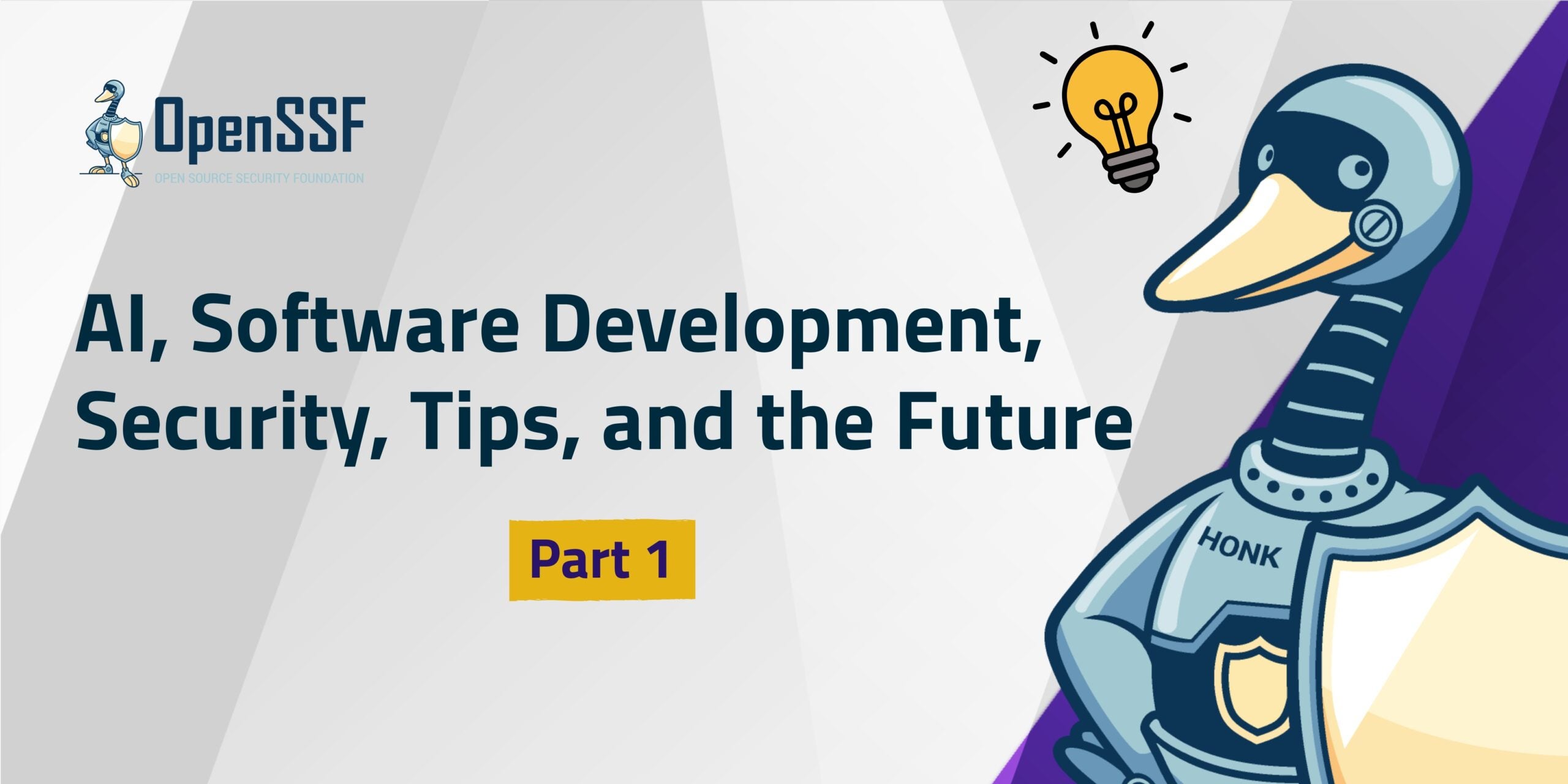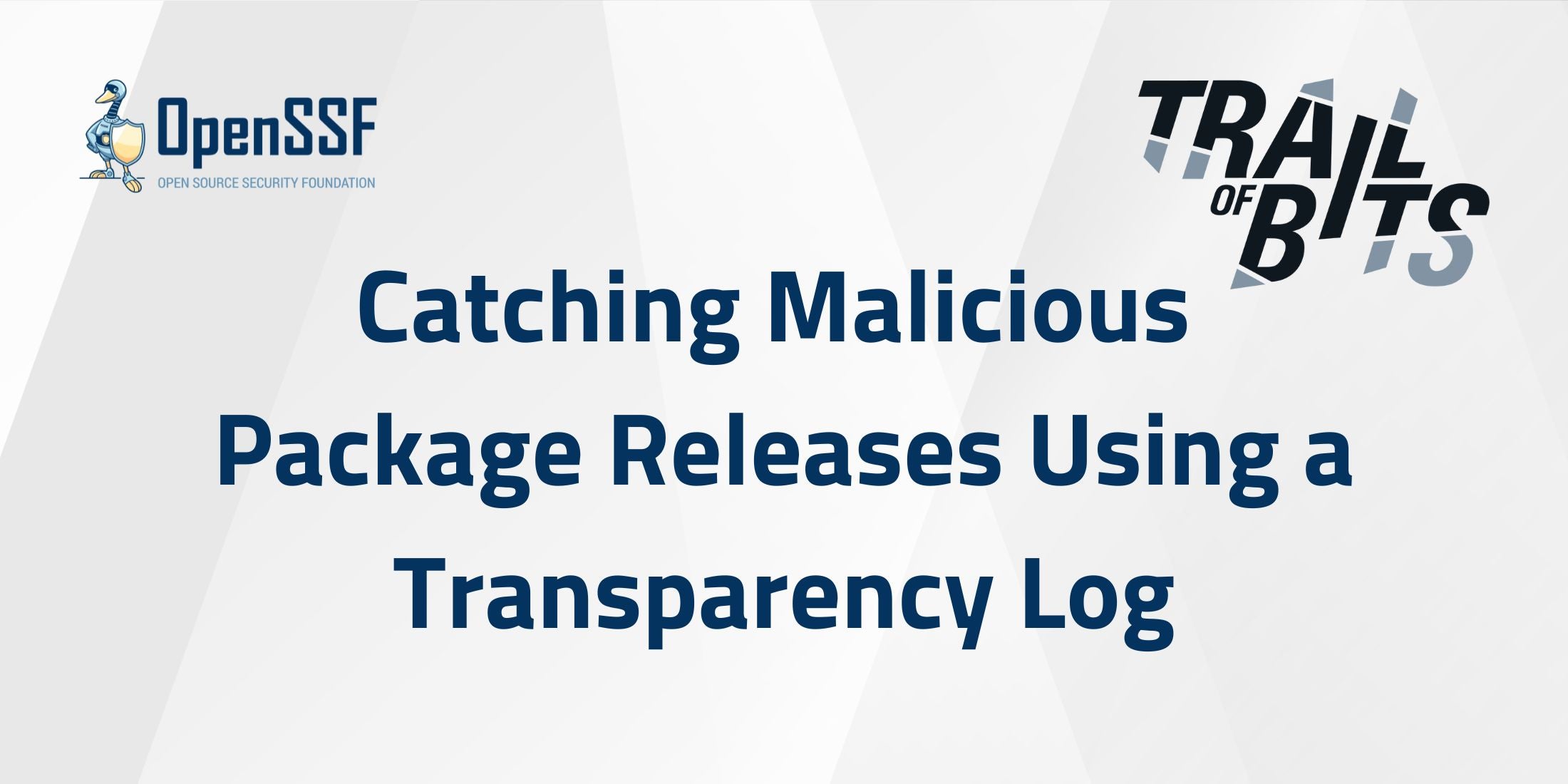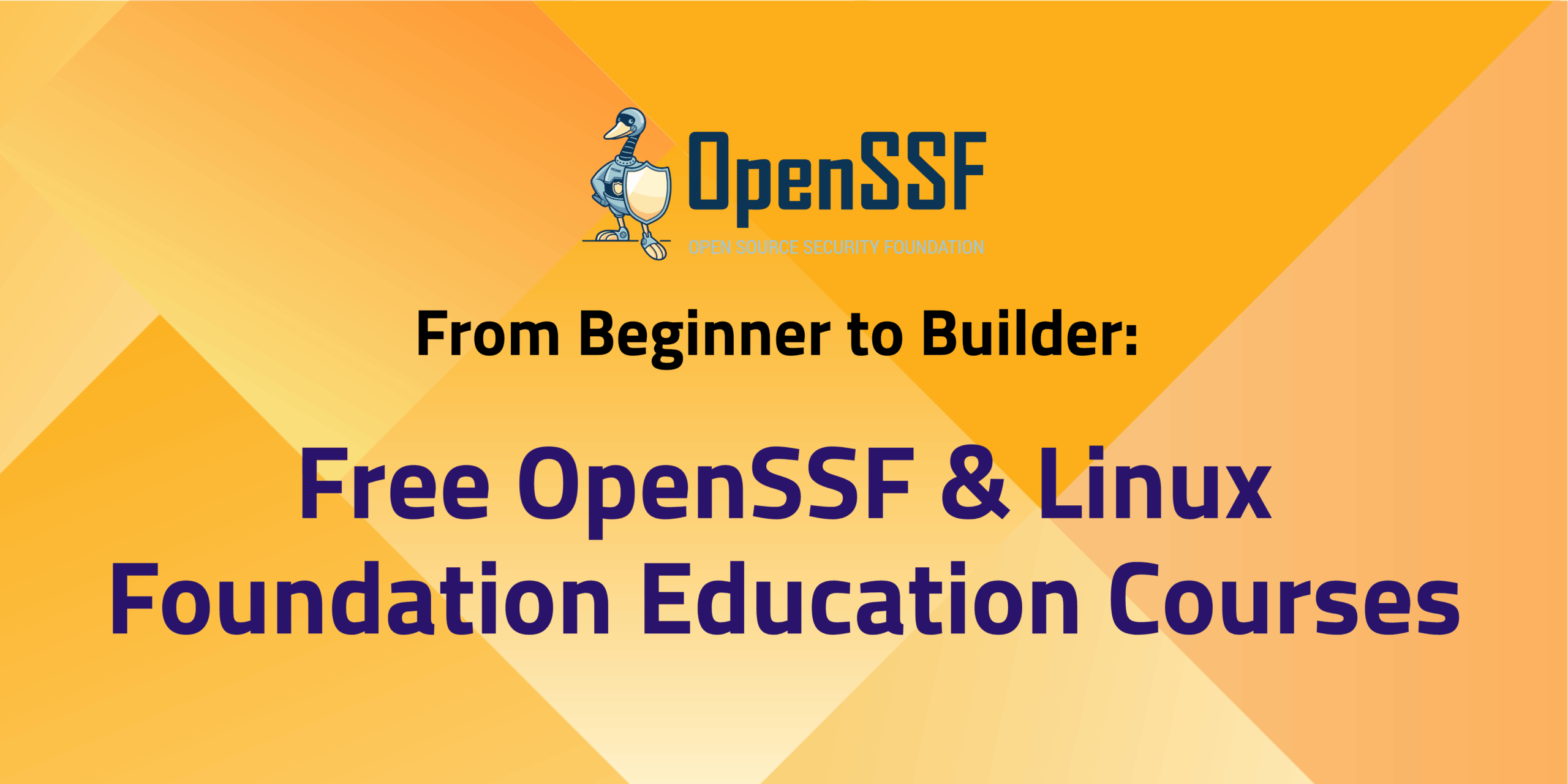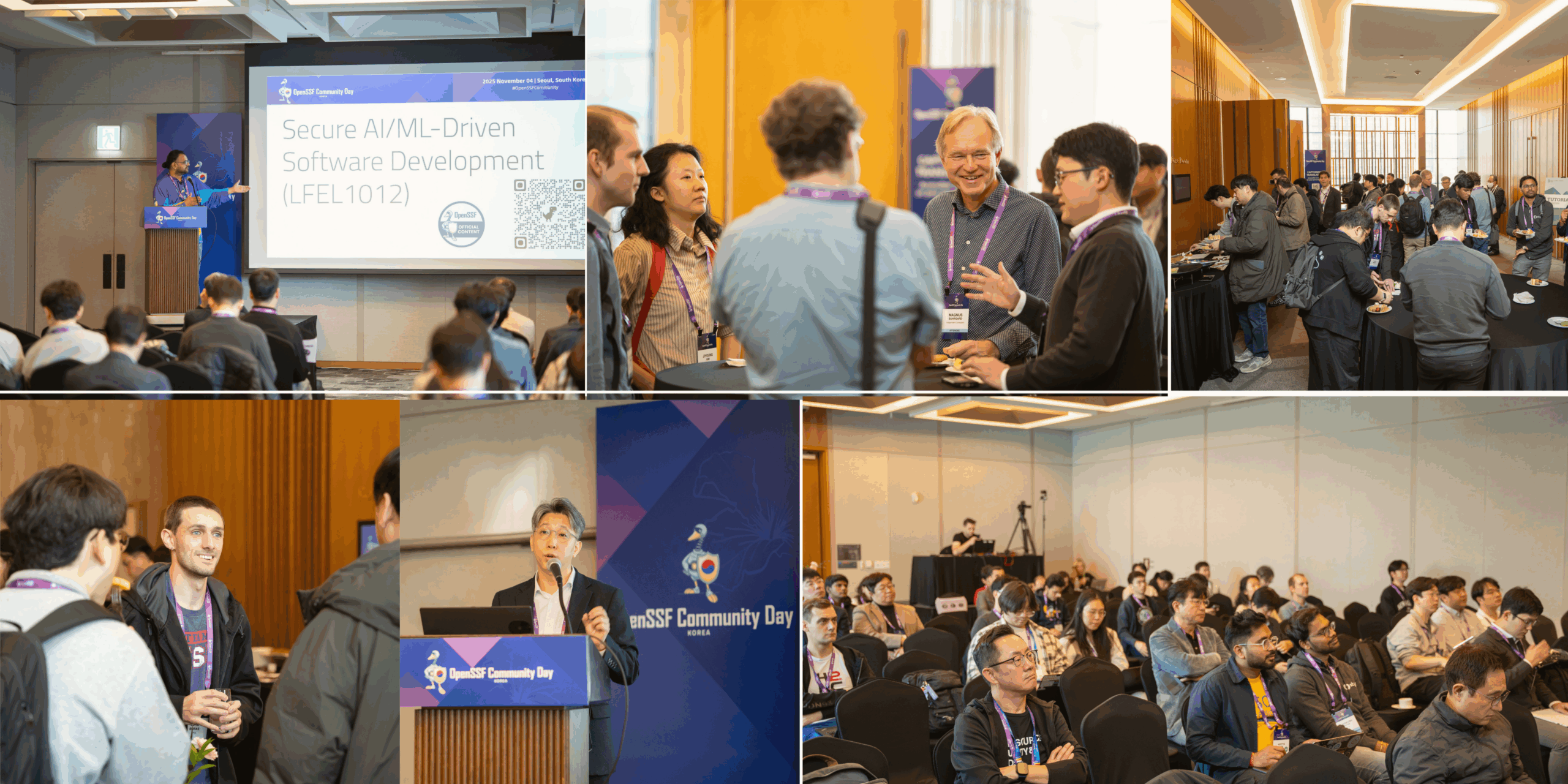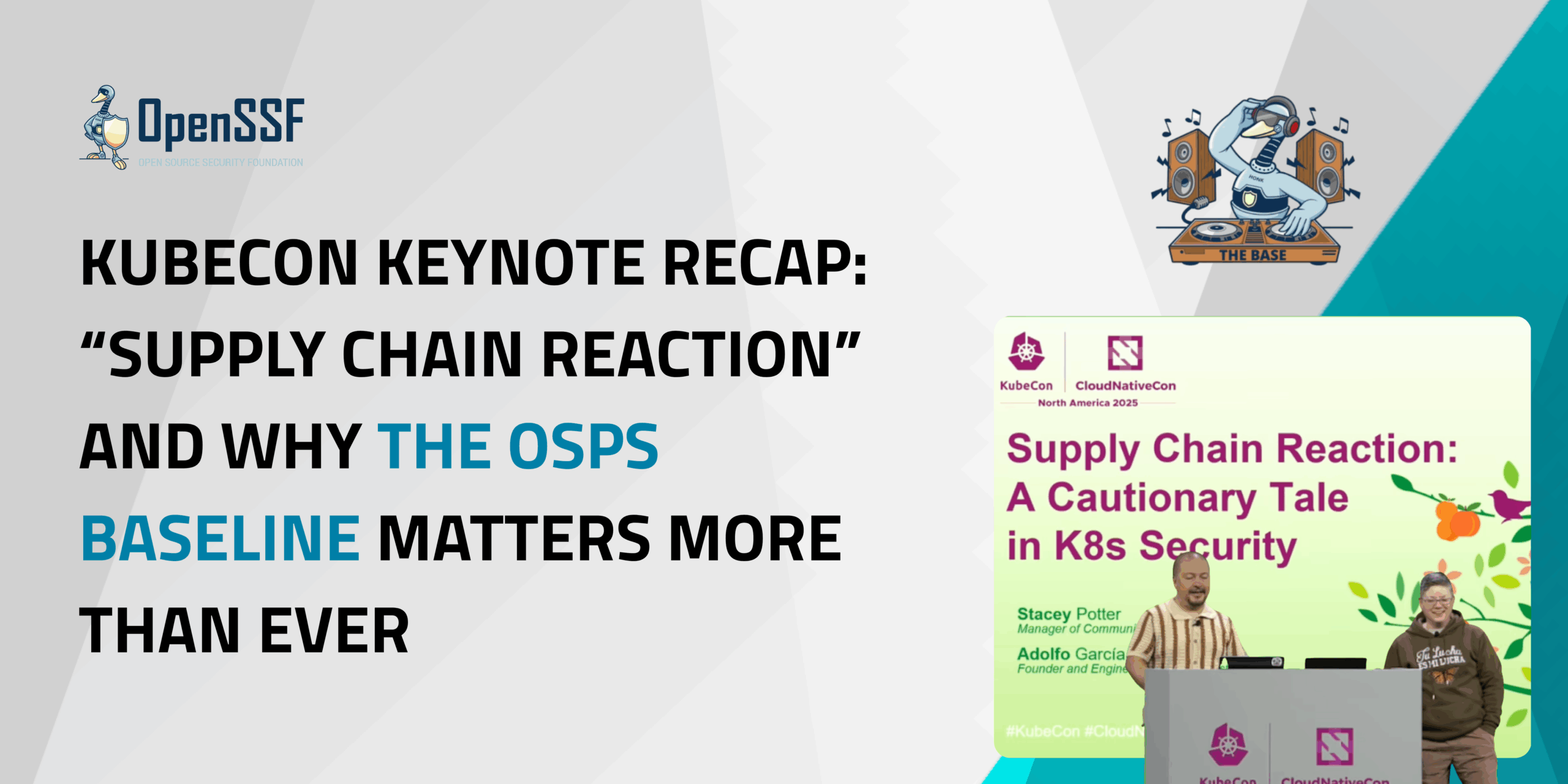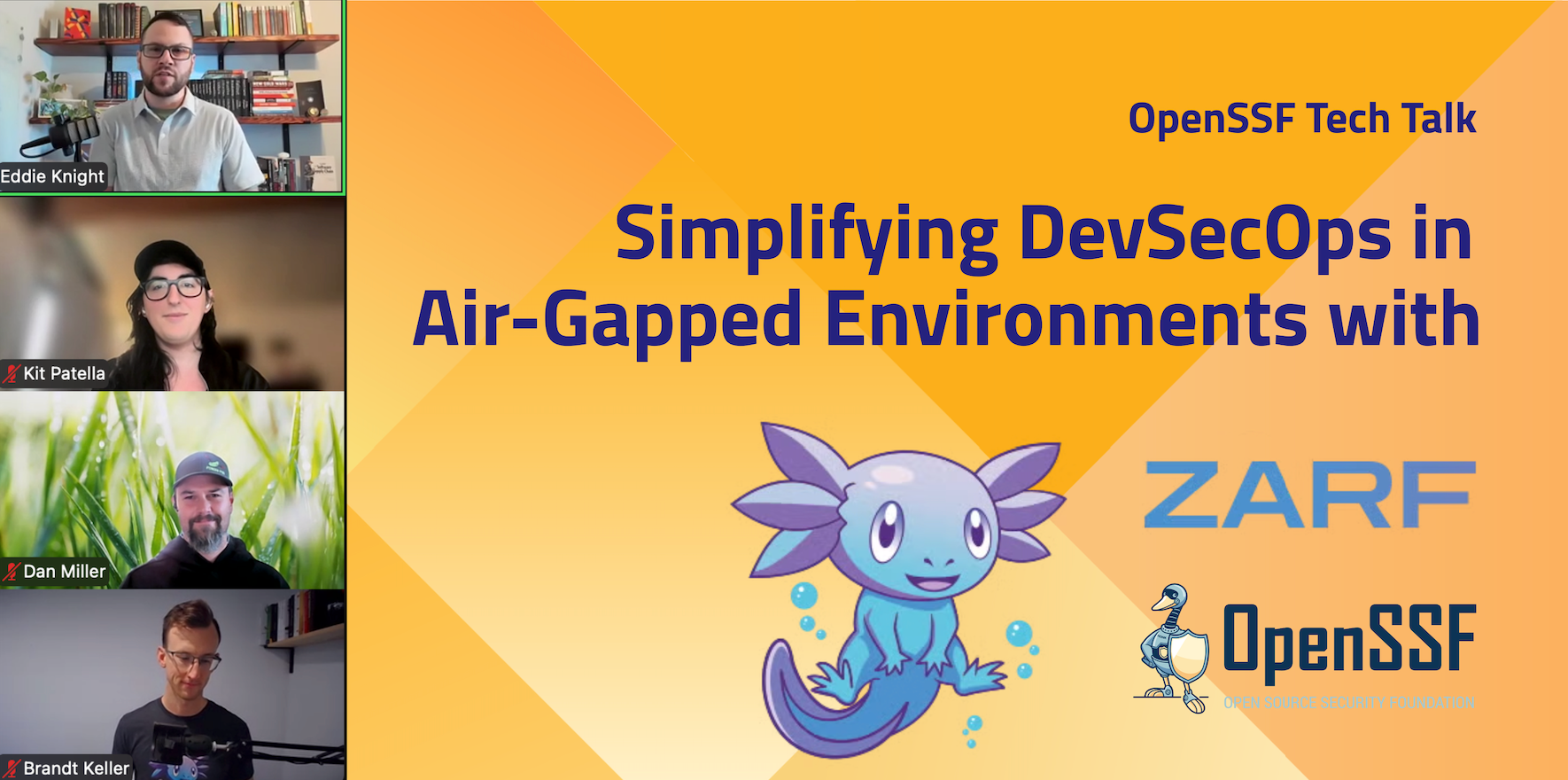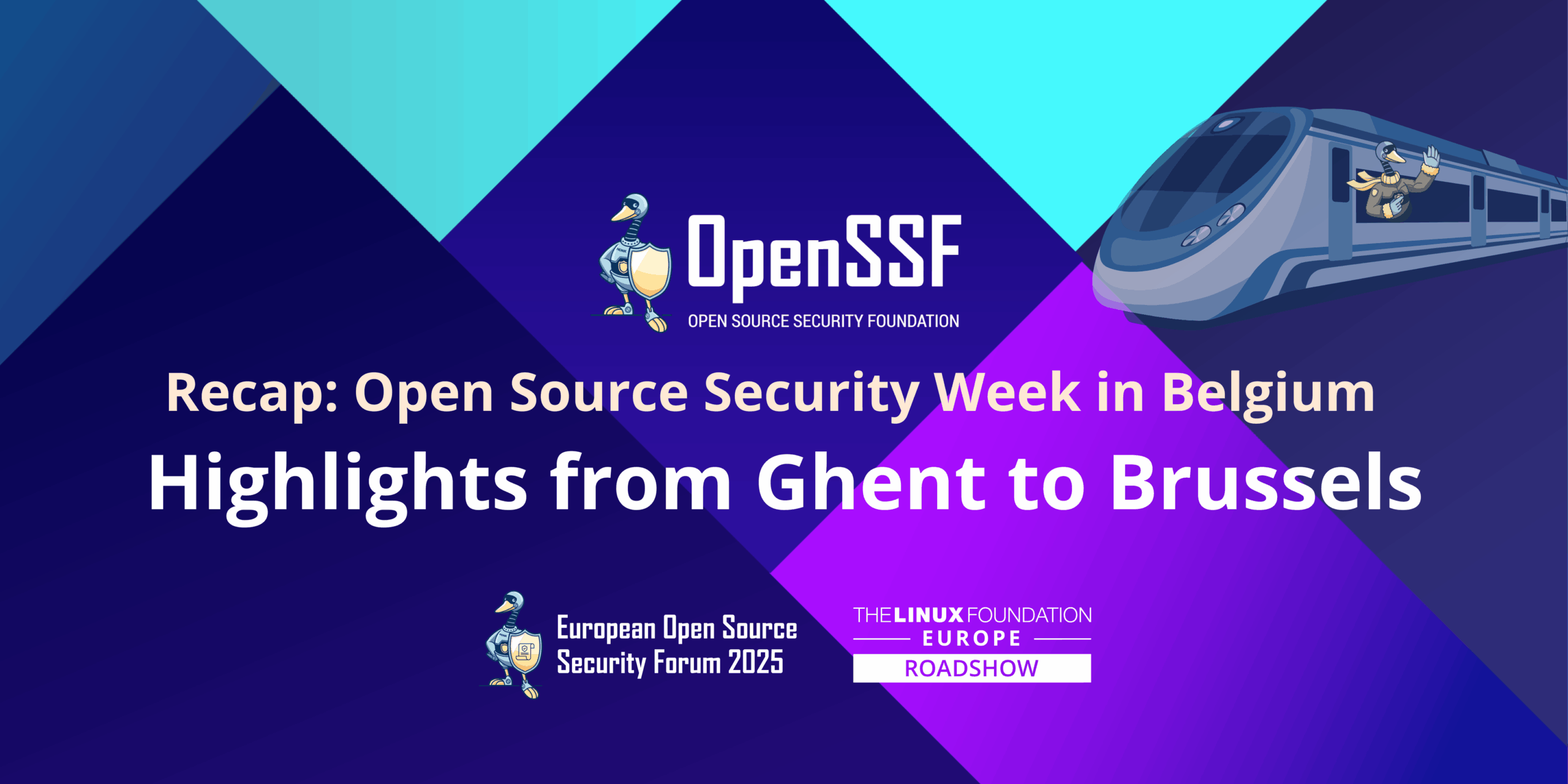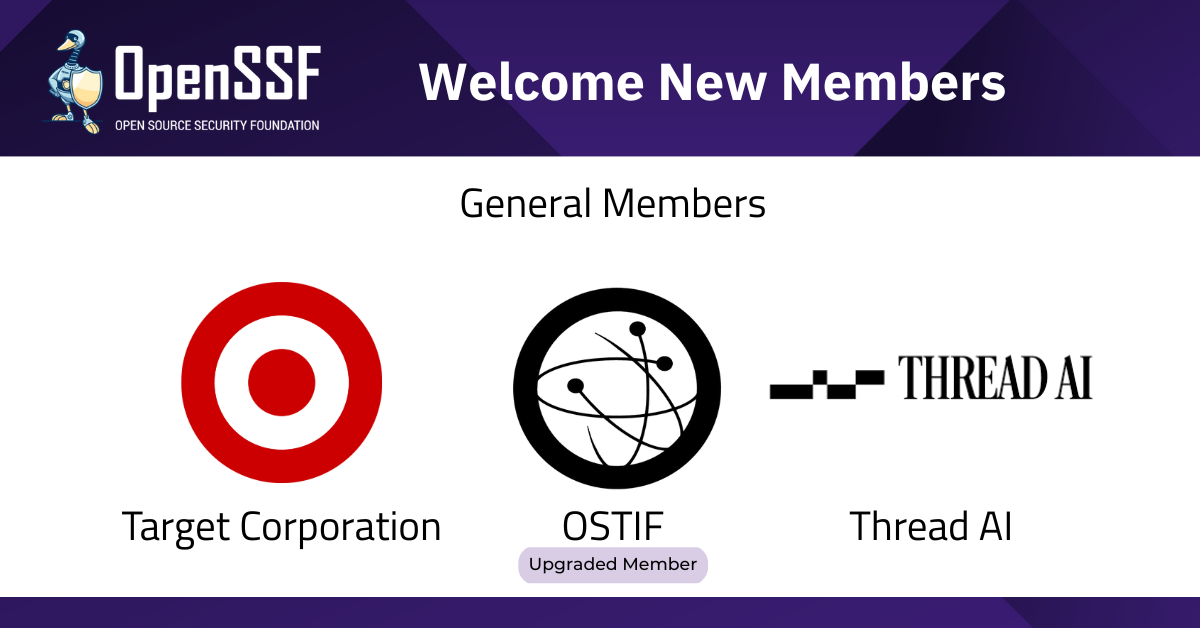Guest blog opportunities are open to members, with limited exceptions for active contributors and thought leaders. Share your insights on open source security with our community.
OpenSSF Blog
Jan 5, 2026 |
In Blog
AI, Software Development, Security, Tips, and the Future (Part 2)
This is part 2 of a 2-part article where I’ll briefly discuss the impact of Artificial Intelligence (AI) on software development. Read more.
Dec 29, 2025 |
In Blog
AI, Software Development, Security, Tips, and the Future (Part 1)
This is part 1 of a 2-part article discussing the impact of Artificial Intelligence (AI) on software development. In this part, I’ll note that AI use during software development is now the norm, despite frequent errors in AI-generated results, because productivity is king. I’ll then discuss its potential security implications. Read more.
Dec 19, 2025 |
Catching Malicious Package Releases Using a Transparency Log
Trail of Bits, with funding from OpenSSF, is improving Sigstore’s rekor-monitor to help maintainers detect malicious package releases, monitor signing identities, and strengthen software supply chain security using transparency logs. Read more.
Dec 12, 2025 |
From Beginner to Builder: Free OpenSSF and Linux Foundation Education Courses
Whether you're just getting started with open source security or want to deepen your knowledge, these free courses from Linux Foundation Education and OpenSSF offer valuable, self-paced learning paths. Each is available online and designed to help contributors understand both the technical and community aspects of secure open source development. Read more.
Dec 11, 2025 |
In Blog
OpenSSF 2025 Annual Report Is Live: A Year of Global Growth, Security Wins, and Community Momentum
As the year comes to a close, we’re excited to share the OpenSSF’s 2025 Annual Report, a look at the milestones, momentum, and community-driven achievements that made this year remarkable. We invite you to celebrate the progress, creativity, and collaboration that continue to shape a safer and more resilient open… Read more.
Dec 5, 2025 |
In Blog
Recap: OpenSSF Community Day Korea 2025
OpenSSF Community Day Korea took place on November 4, 2025, in Seoul, bringing developers and security engineers together for a day of practical discussions on software security. Read more.
Nov 19, 2025 |
In Blog
KubeCon Keynote Recap: “Supply Chain Reaction” and Why the OSPS Baseline Matters More Than Ever
At KubeCon+CloudNativeCon North America, Stacey Potter (OpenSSF) and Adolfo García Veytia delivered one of the most memorable and entertaining keynotes of the week: “Supply Chain Reaction: A Cautionary Tale in Kubernetes Security.” Read more.
Nov 18, 2025 |
In Blog
Tech Talk Recap: Simplifying DevSecOps in Air-Gapped Environments with Zarf
In the latest OpenSSF Tech Talk, we focused on a significant hurdle in software supply chain security: managing software delivery and upkeep within air-gapped and restricted network environments. You can now view the recording on the OpenSSF YouTube channel, and the presentation slides are accessible here. Read more.
Nov 17, 2025 |
In Blog
Recap: Open Source Security Week in Belgium – Highlights from Ghent to Brussels
At the end of October 2025, the Linux Foundation Europe, OpenSSF, and CEPS brought together developers, maintainers, policymakers, and industry leaders for conversations on open source, security, and Europe’s digital future. Through keynotes, workshops, and policy-focused sessions, the week created much-needed clarity around the Cyber Resilience Act (CRA) and, more… Read more.
Nov 10, 2025 |
OpenSSF Announces Key Membership Growth and Golden Egg Award Winners at Open Source SecurityCon North America
At Open Source SecurityCon in Atlanta, the Open Source Security Foundation (OpenSSF) announced Target Corporation and Thread AI as new general members, OSTIF’s upgrade to general membership, and recognized Golden Egg Award winners for their contributions to open source security. The Foundation continues to advance education, collaboration, and tooling to… Read more.

